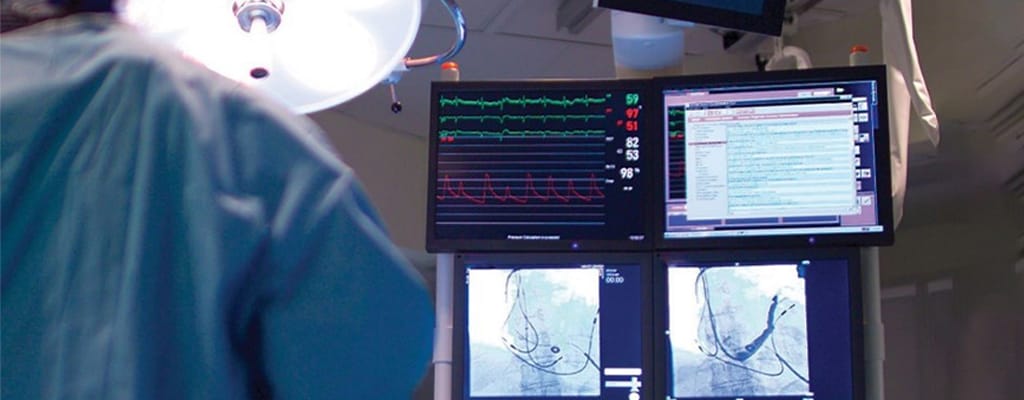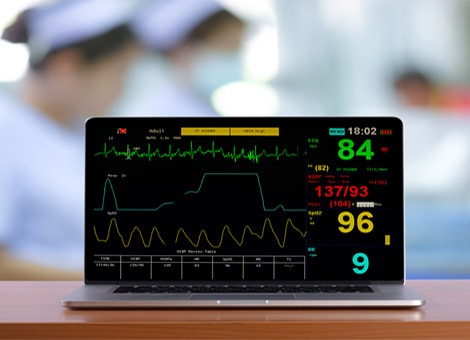
Pioneering the Future of Patient Monitoring and Diagnostics Equipment
Healthcare technology trends are transforming patient monitoring and diagnostics equipment design to allow patients to receive the care they need and reduce hospital readmission rates. At TE Connectivity, we bring a legacy of expertise to the forefront of healthcare innovation. Dive into the unparalleled capabilities that define our role in shaping the next generation of patient monitoring and diagnostic equipment.
Medical devices play a vital role in healthcare, encompassing a vast range of products designed for treating, diagnosing, or monitoring various health conditions. The worldwide medical devices industry has experienced significant evolution in the last decade, propelled by groundbreaking technological advancements, a growing elderly population globally, and a rising demand from emerging market nations.
TE’s expertise forefront of innovation, driving the design of the next generation of patient monitoring and diagnostic equipment. Our commitment to excellence is reflected in our cutting-edge technologies, specifically in connectivity, sensor, and EMI shielding.
Manufacturers looking to reduce complexity, improve cost-efficiency and optimize performance can look to TE to enable their success with an integrated solution offering and industry-leading expertise.
Top trends driving demand for patient monitoring equipment
The market for patient monitoring and diagnostic equipment is expected to grow exponentially in the coming years. There are many factors at the source of this growth including an aging demographic driving an increased demand for monitoring solutions. Technological advancement in wireless connectivity is driving a shift in the accessibility and analysis of patient data.
Aging Population
IoT
Wearables
The clinical application of wearable medical technology is evolving fast as technology companies are partnering with healthcare organizations to help patients and clinicians make better decisions. Though many new devices are being developed, there is still a challenge to ensure that the devices can aggregate and share data, and communicate reliably and securely.
Patient monitoring and diagnostic Design Requirements
- Rugged Design - Products that can withstand the daily wear and tear of consumer/user life, such as water and shock resistance, high heat, etc.
- Miniaturization - High-performance, notable miniaturized components that can save space for greater functionality within the device
- Improved Data Connectivity - Quality omni-directional high-performance wireless transmission in a wide variety of frequencies including Bluetooth, WLAN and cellular
- Electromagnetic compatibility - Interruption in medical device performance such as ventilator can be the difference between life and death. Product to address EMI shielding requirements for medical devices, including life-support systems and essential monitoring equipment that are vulnerable to signal noise, damage, or total functional impairment
- Compliance - Products that can meet industry standards for fundamental performance and safety criteria for medical electronic equipment when subjected to EMI
- Operational Lifetime - Products that protect critical functionalities for increased operating efficiency
- Integrated Solution Offerings - Reduce complexity, helps improve cost-efficiency, optimize performance, and increase reliability
- Minimized Fault Tolerance - Simpler, faster, and more secure, products to enable operating capability without interruption.





